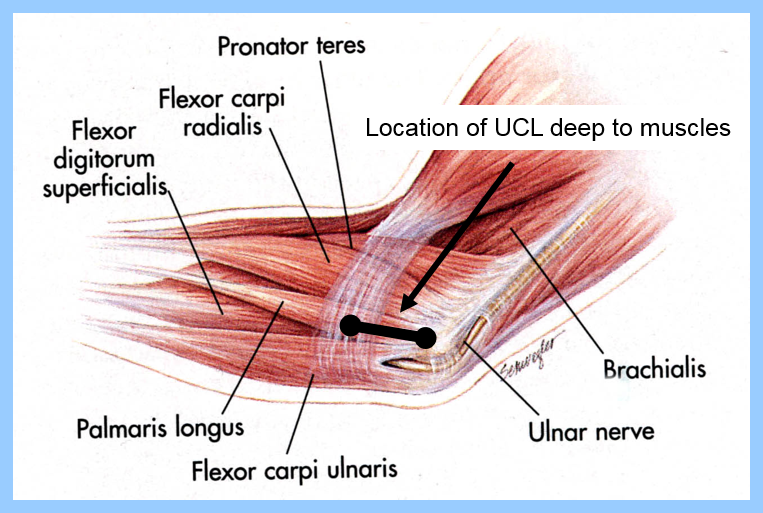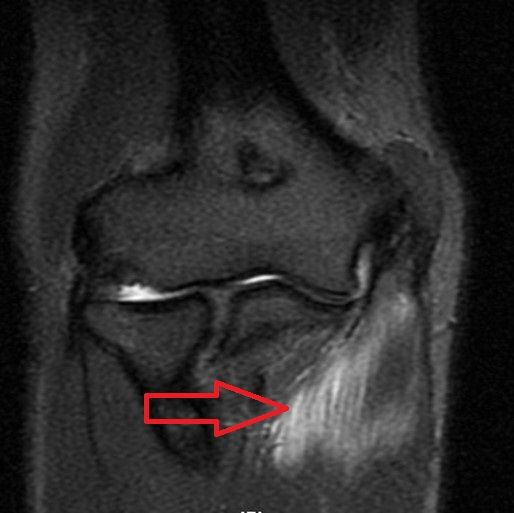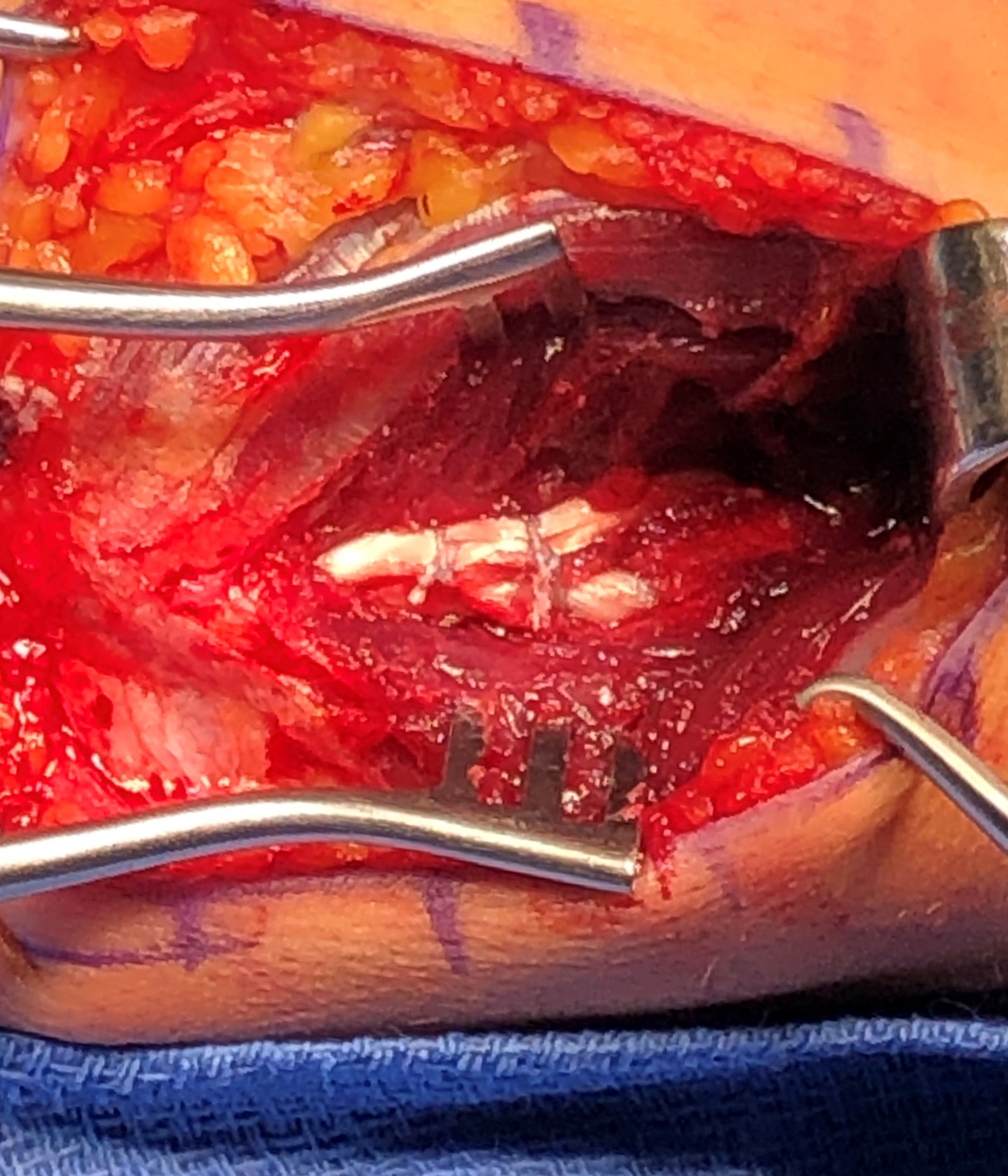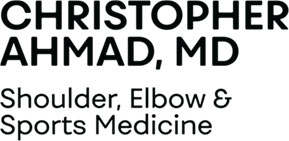In 2018, we published research findings in the American Journal of Sports Medicine that indicate the following; of those MLB pitchers who injured their forearm muscle, 20% of them required Tommy John surgery within one year of the muscle strain injury.
We unfortunately confirmed our hypothesis that flexor-pronator muscle injuries are a significant cause of disability in professional baseball. Over a 5 year period, we identified a total of 134 injuries in MLB and 629 injuries in the minor leagues. The average number of days on the IL for a forearm strain was 117.0 days. 82.8% of players who sustained a forearm strain were pitchers.
Most concerning is that 19.4% of injured MLB players underwent Tommy John surgery within 1 year of sustaining a forearm strain. There were also significant pitcher performance declines in the season leading to the injury, as compared with the previous season.
While unfortunate, these results were not surprising. I have previously written and reported on the strength of the UCL and the dynamic protection offered by the forearm flexor-pronator muscles. The forearm muscles and tendon fibers, especially a muscle called the flexor carpi ulnaris, are intimately attached to the origin of the medial epicondyle and optimally positioned to provide direct support in line with the UCL. The contractile forces resist valgus stress during early arm acceleration and help facilitate wrist flexion during ball release.
Gripping the baseball with finger strength and wrist stabilization during pitching requires high muscle activity within the forearm muscles. It is beneficial to the UCL that these muscle are active during throwing. However, because of the high activity and repetitive aspects of throwing, forearm muscle fatigue can predispose the forearm to a strain. It is not unusual to uncover that a pitcher who sustained a forearm strain was modifying or tinkering with the grip position or intensity, such as developing a splitter for the first time.
The clinical significance of this study is that any player with a forearm muscle strain should also have their UCL closely evaluated. The muscle strain should be fully healed and rehabilitated, so that when pitching is resumed, the UCL is not exposed to increase force in the setting of compromised forearm muscles.
Finally, as a Tommy John surgeon armed with this knowledge, I now protect and limit the required dissection of forearm muscles during UCL surgery.




